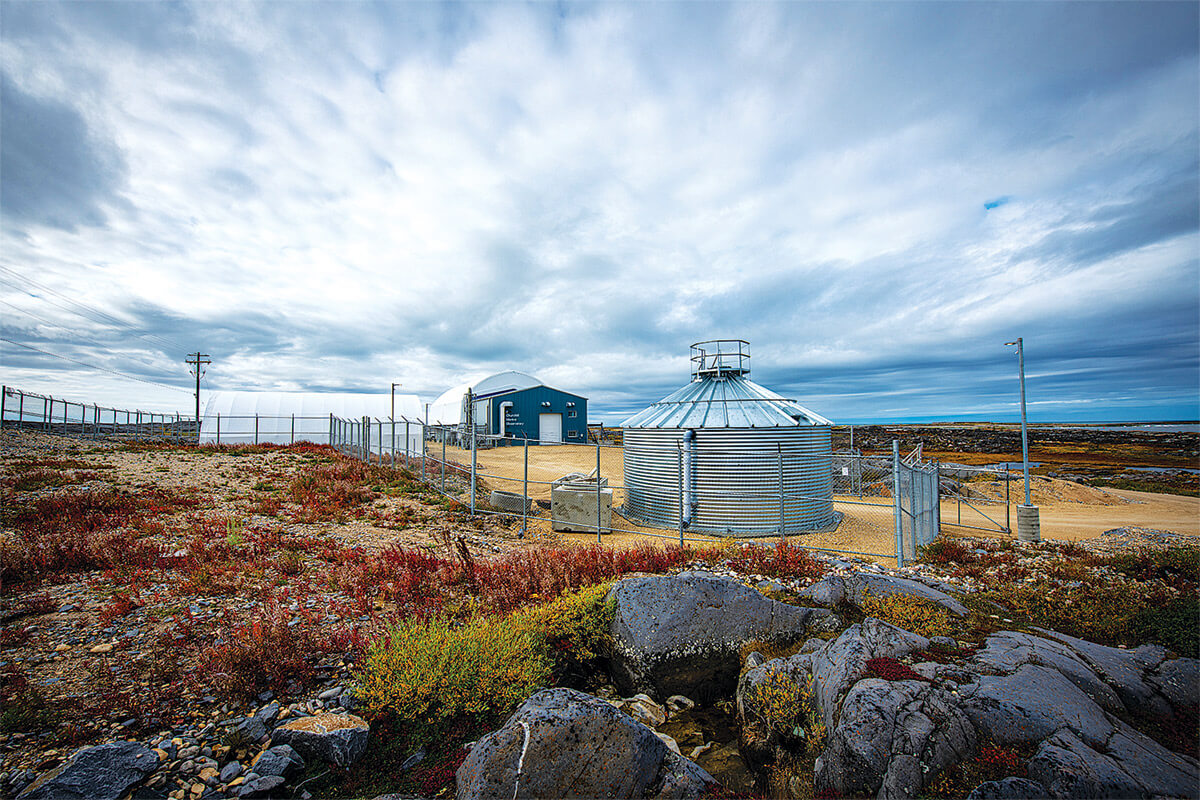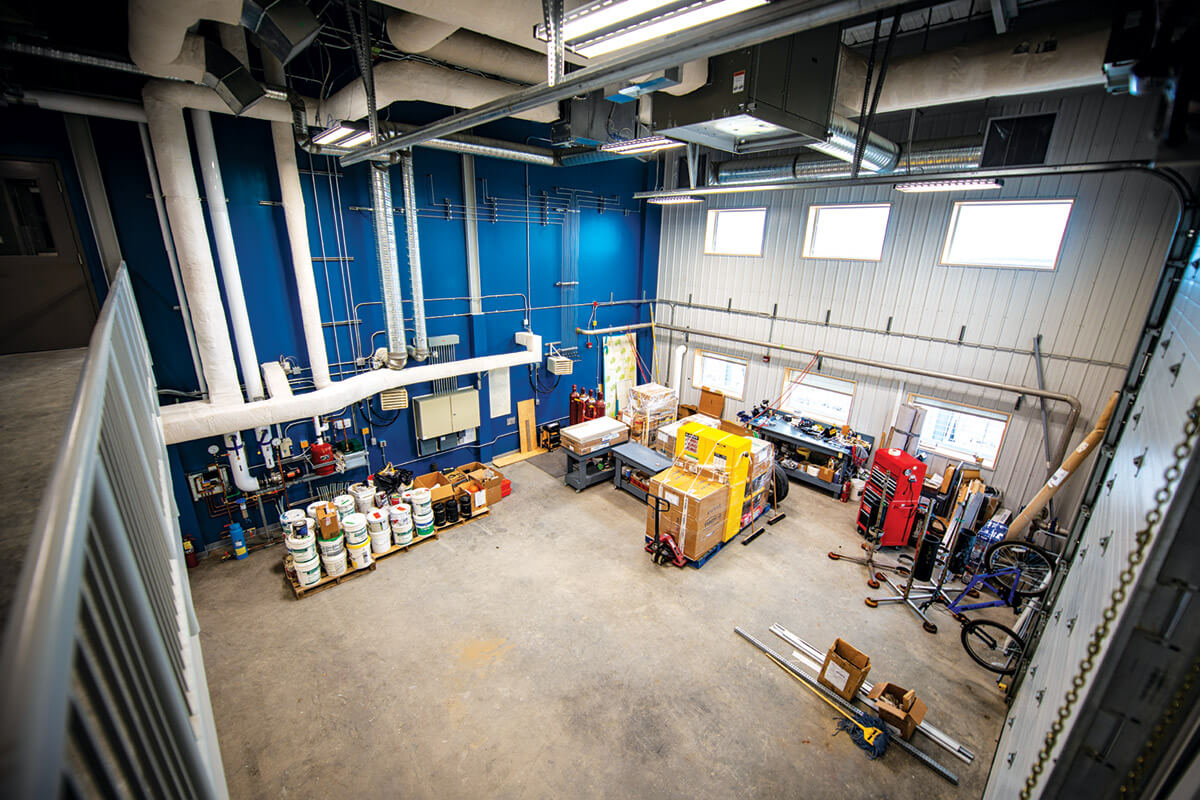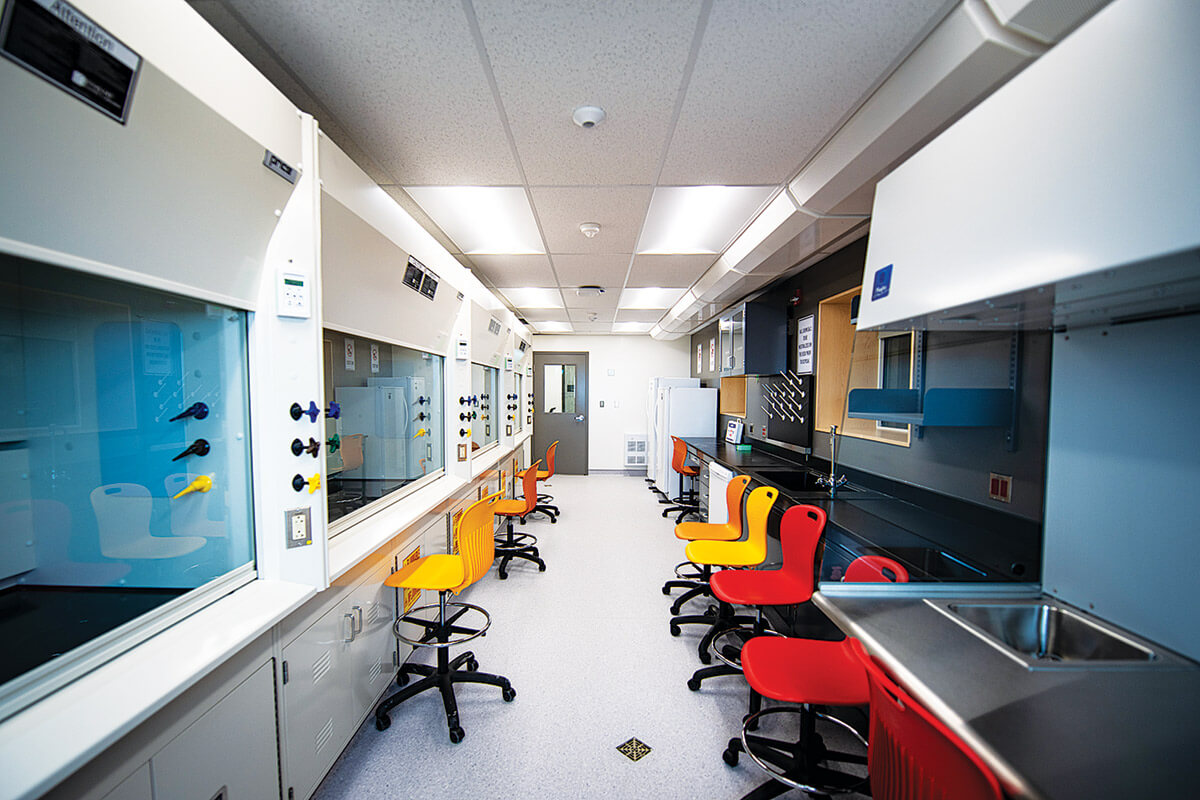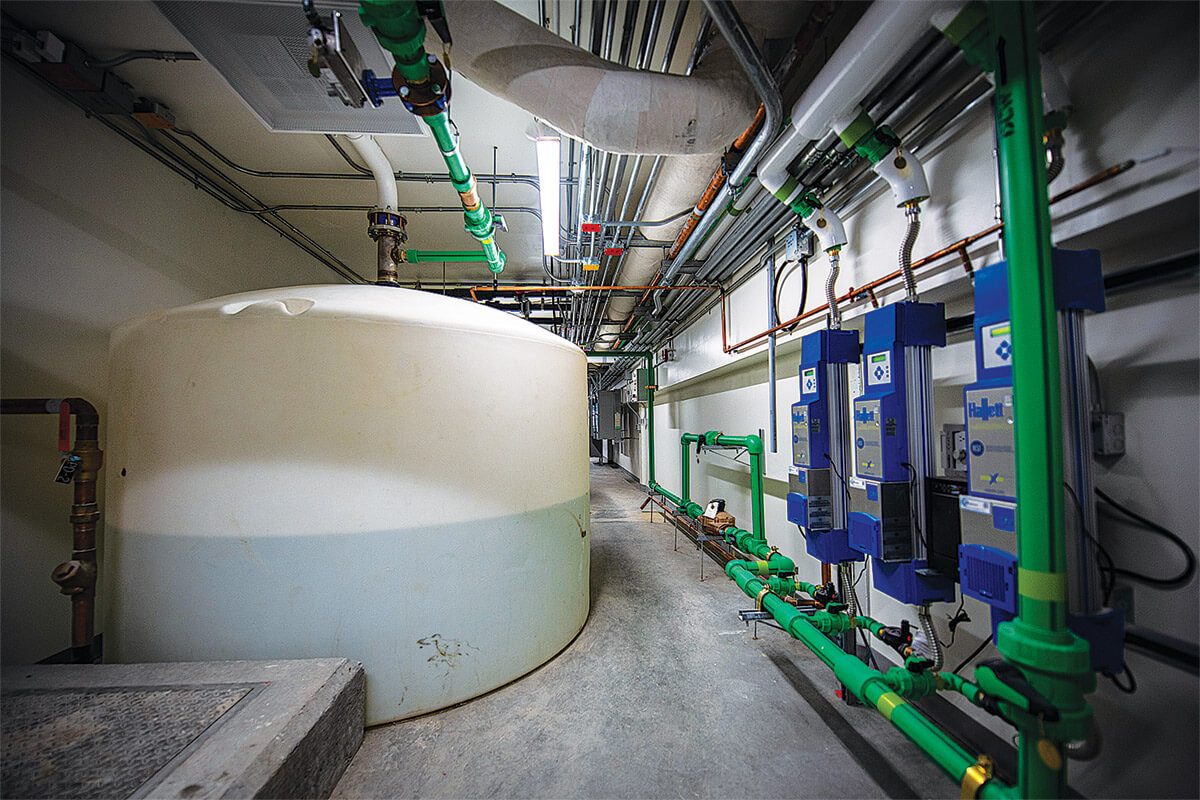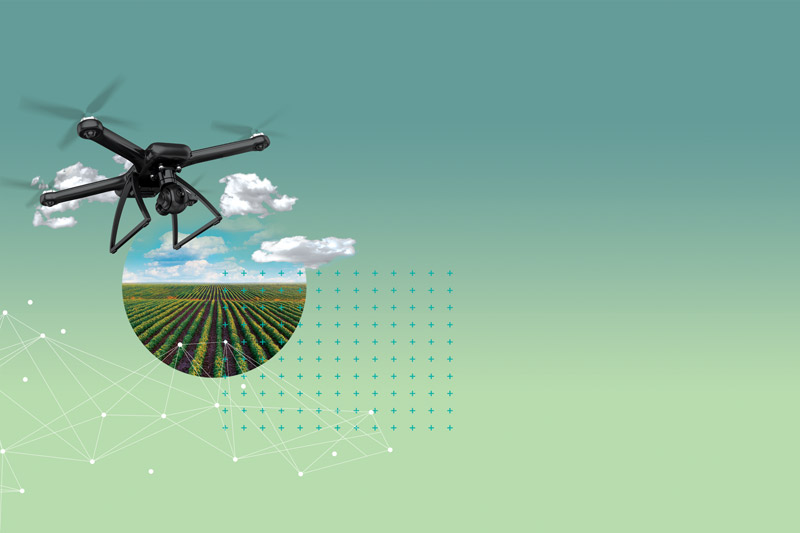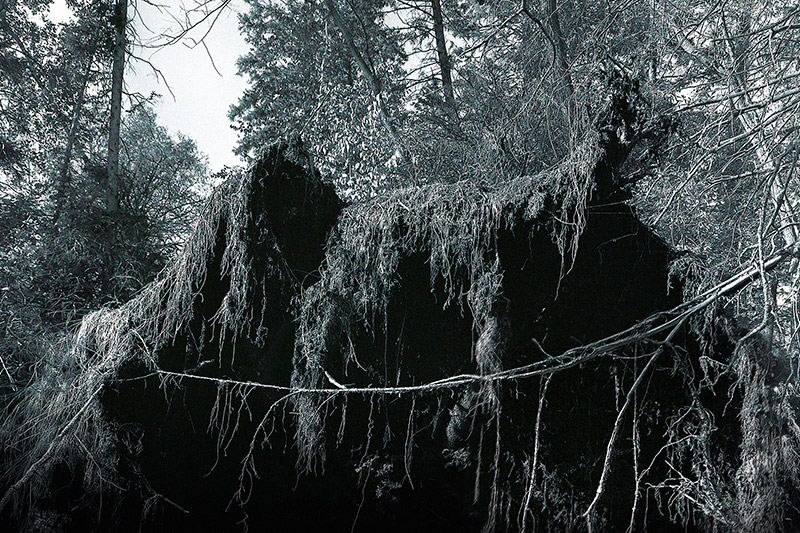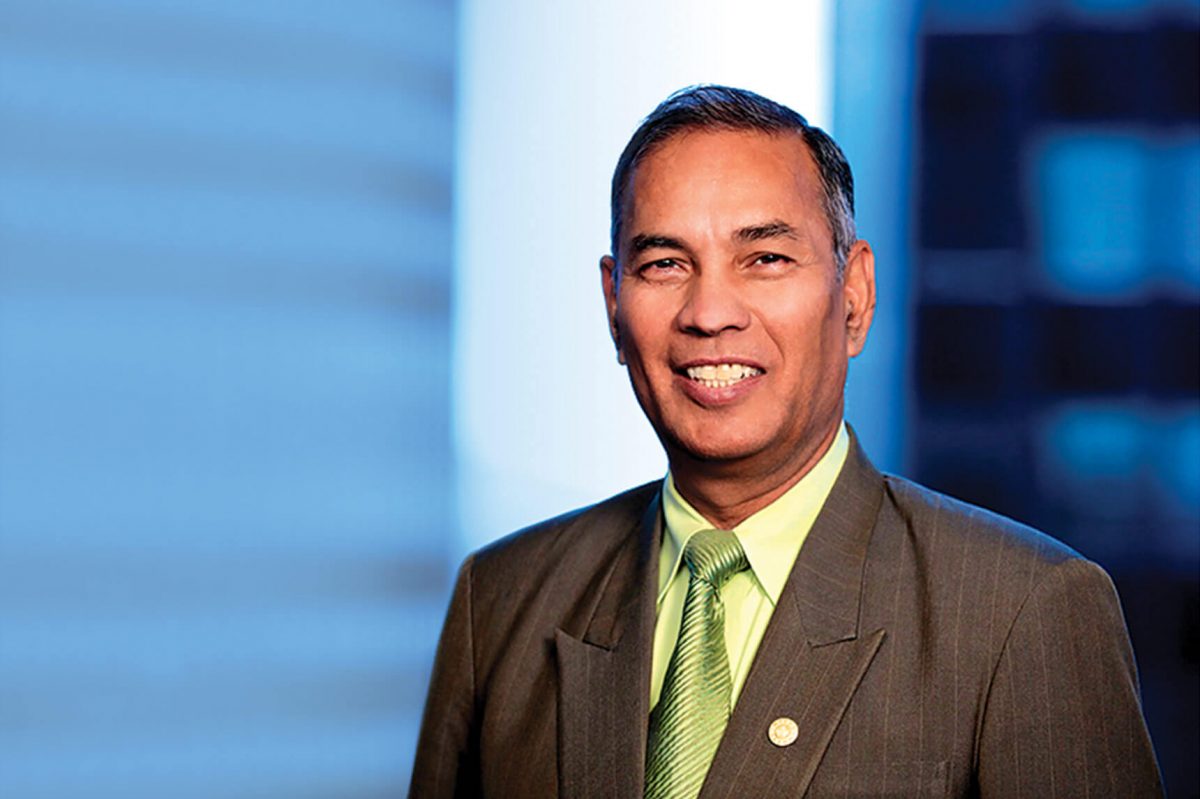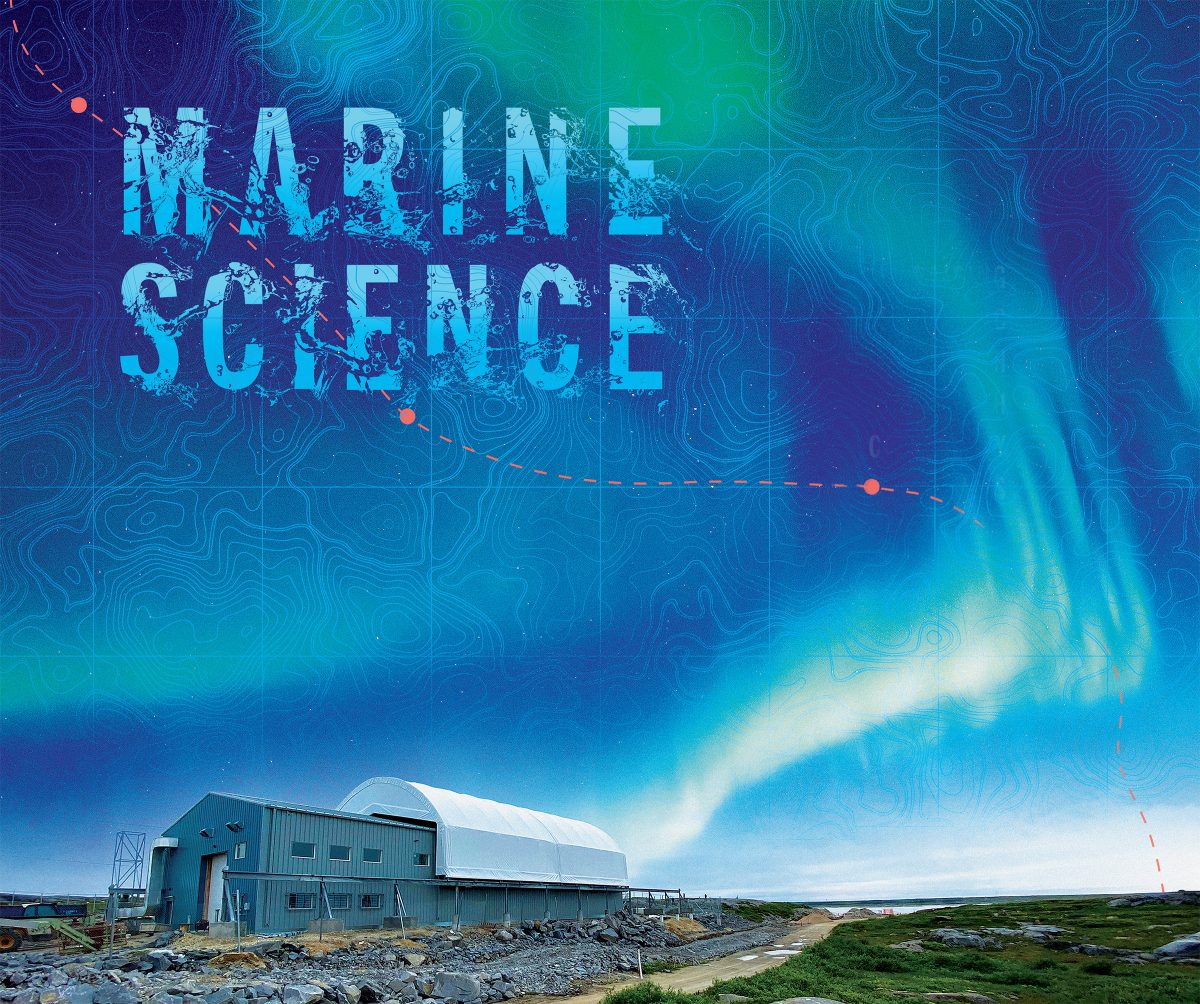
Marine science
The Churchill Marine Observatory (CMO) is opening, after years of delays from the shutdown of the rail line to Churchill and COVID-19. While the Environmental Observing (EO) system, which includes the research vessel (R/V) William Kennedy, has been operating since 2018, the Ocean-Sea Ice Mesocosm (OSIM) is getting ready to start its first experiments.
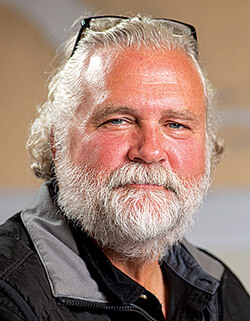 The University of Manitoba is sad to share news of the passing of Distinguished Professor Dr. David G. Barber on Friday, April 15, 2022, following complications from cardiac arrest. Through his vision, leadership and endless efforts, Dr. Barber established UM as a global leader in Arctic research. His tireless work has helped to place Canada at the forefront of Arctic research and created opportunity for innumerable students, professors and research staff collectively, working to better understand the rapidly changing Arctic and its impacts on people, diverse habitats and beyond.
The University of Manitoba is sad to share news of the passing of Distinguished Professor Dr. David G. Barber on Friday, April 15, 2022, following complications from cardiac arrest. Through his vision, leadership and endless efforts, Dr. Barber established UM as a global leader in Arctic research. His tireless work has helped to place Canada at the forefront of Arctic research and created opportunity for innumerable students, professors and research staff collectively, working to better understand the rapidly changing Arctic and its impacts on people, diverse habitats and beyond.
“It’s a one-of-a-kind facility that’s going to be extremely useful to understand the impacts of climate change,” said David Barber, a professor and Canada Research Chair in Arctic-system Science who headed the CMO. “The shipping lanes have never really been open for human use and now they’re opening up. Though we’re not used to thinking of it that way, the Arctic gives Canada access to a third ocean.”
Pride of place in the $45 million facility are the twin outdoor pools of OSIM. Filled with freshwater or ocean water, the OSIM tanks allow for experiments where one pool serves as a control and one as an experimental pool to study how marine transportation-related contaminants such as oil spills interact with water and ice.
Feiyue Wang, professor of environment and geography at CEOS and OSIM chief scientist at CMO
Feiyue Wang, a professor and Canada Research Chair in Arctic Environmental Chemistry at the Centre for Earth Observation Science (CEOS) in the Clayton H. Riddell Faculty of Environment, Earth, and Resources, is the chief scientist in charge of the OSIM pools.
“The shipping lanes have never really been open for human use and now they’re opening up. Though we’re not used to thinking of it that way, the Arctic gives Canada access to a third ocean.”
“I’m a chemist, so I think of this as a bigger beaker,” Wang jokes. His research has focused on legacy contaminants such as mercury and now emerging contaminants like oil spills and microplastics.
More seriously, Wang describes the windows built into the pools as an education opportunity that will allow students and community members to watch processes like how oil freezes in ice.
“The main thing is these youth are the future of Arctic research. Scientists, researchers and leaders will come out of these youth. We want them to take the next step and be a researcher in their own homeland, connected to science and technology, and linked with traditional knowledge.”
The outreach includes Frontier School Division students who are welcomed to shadow CMO researchers or work on science fair projects.
“We tend to think we’re a prairie province or a Canadian shield province, but we’re a coastal province. People fly to Florida to see the ocean, and I always wonder, why not fly to Churchill instead?” says Wang.
As the largest facility at the University of Manitoba, the CMO is opening with high expectations, given the impact of climate change, the risk of spills from a fuel delivery to Arctic communities and increased ship traffic in general. There’s also oil exploration and drilling in the Russian Arctic, as well as U.S. interest in Arctic oil.
“In the early days, we were a small group and we wouldn’t have been able to get the funding for the CMO, But over time we got bigger and better, and we were able to compete for funding.”
“Regardless of whether Canada continues to extend our moratorium on oil exploration and drilling in Arctic marine waters, should there be a spill in international waters, the oil knows no boundary and could still end up in Canadian waters, for example, the 2020 Norilsk oil spill in Russia,” says Gary Stern, board co-chair of the CMO and lead of the GENICE project. With a background in contaminant research, he studies to what extent native bacteria present in Arctic marine waters could naturally respond and biodegrade the spilled oil. The research ties into how remote communities might be prepared to be the first responders to an oil spill—or know when to stand back—when a spill occurs near them.

Gary Stern, board co-chair of the CMO and adjunct professor of environment and geography at CEOS and lead on the GENICE project
“For people who live in the Artic, this is important for them. They’re the first responder to oil spills and it’s important for them to understand how to respond,” says Stern. It’s another facet of the community relations that CMO researchers have built over time.
Designed to work with industry partners, the CMO has collaborated with organizations such as Manitoba Hydro, Environment Canada, NASA and other space agencies. On the academic side, the facility gives the opportunity to collaborate with researchers at international institutions like University of Copenhagen and Aarhus University in Denmark, and University College London, along with domestic universities both large and small, ranging from the University of Calgary to the University of Quebec at Rimouski. Undergraduate students from UM in engineering, chemistry, geography and social science may find jobs at the facility this summer.
All those scientists visiting Churchill represent a boon to the region’s economic development. Barber noted Churchill’s long-time mayor has been lobbying for a facility similar to the CMO for almost 20 years: “He sees science as an economic pillar of the community.” If the CMO has been a long time in coming, it echoes how UM has built its research strengths in the Arctic. “In the early days, we were a small group and we wouldn’t have been able to get the funding for the CMO,” said Barber. “But over time we got bigger and better, and we were able to compete for funding.” The result of those years of efforts is now coming to fruition.
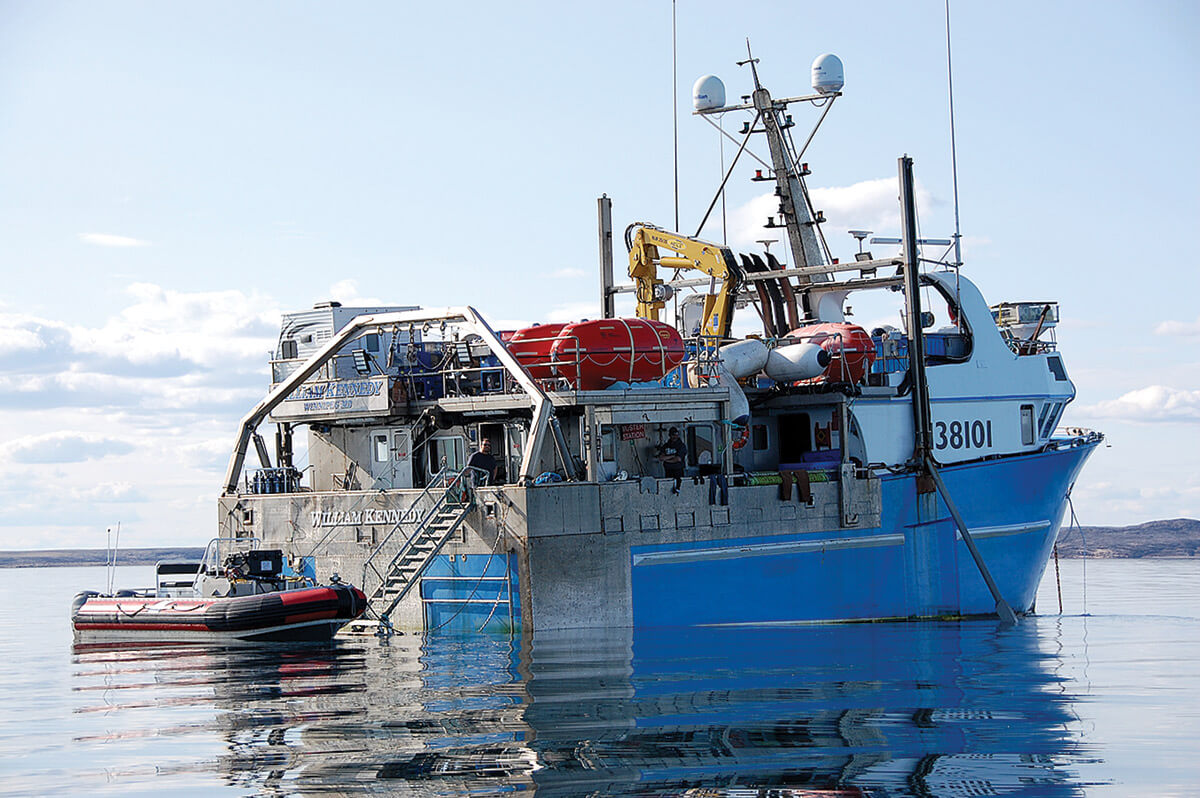
Research Vessel William Kennedy.
Oceanographic Research
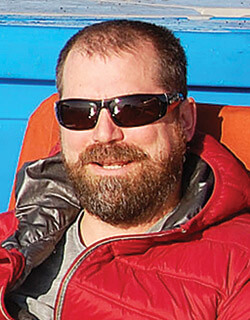
CJ Mundy, professor of environment and geography at CEOS and EO chief scientist at CMO
Operated along with the Arctic Research Foundation, the R/V William Kennedy has a shallow draft that allows it to sail near the shores of coastal communities where large icebreakers can’t reach.
“We’ve been able to sample shallow coastal areas that we wouldn’t be able to typically access with a larger vessel like the CCGS Amundsen,” says CJ Mundy, chief scientist in charge of the CMO-EO. “It opens up research in the coastal Arctic, like Hudson Strait, Hudson Bay, Foxe Basin and James Bay.”
One annual task for the ship is to visit the two environmental observation buoys that are moored to iron train wheels in the centre of Hudson’s Bay. The visit lets researchers download data collected over the past 12 months on oceanographic factors like salinity and temperature. “Each sensor has its own data and battery pack. You hope the sensor doesn’t leak—or the battery fail,” says Mundy, an associate professor in the department of environment and geography whose research includes algae, phytoplankton and kelp. “Sometimes it’s perfect, but the risk of sensor failure cannot be avoided. I always feel nervous when deploying and retrieving the sensors every year.” The batteries are designed to last for 24 months, in case a winter of thick ice means the ship can’t make the trip in August.
“When I’m talking to my friends, they’re surprised we have a marine observatory in Manitoba,” says Mundy. “We’re the single largest international group that focuses on sea ice, for many good reasons. One of them is the fact that Manitoba has ocean-front property on the Arctic Ocean.”
Visit the Churchill Marine Observatory on our website.
Take a virtual tour aboard the research vessel William Kennedy.
ResearchLIFE
ResearchLIFE highlights the quest for knowledge that artists, engineers, scholars, scientists and students at UM explore every day.
Learn more about ResearchLIFE






